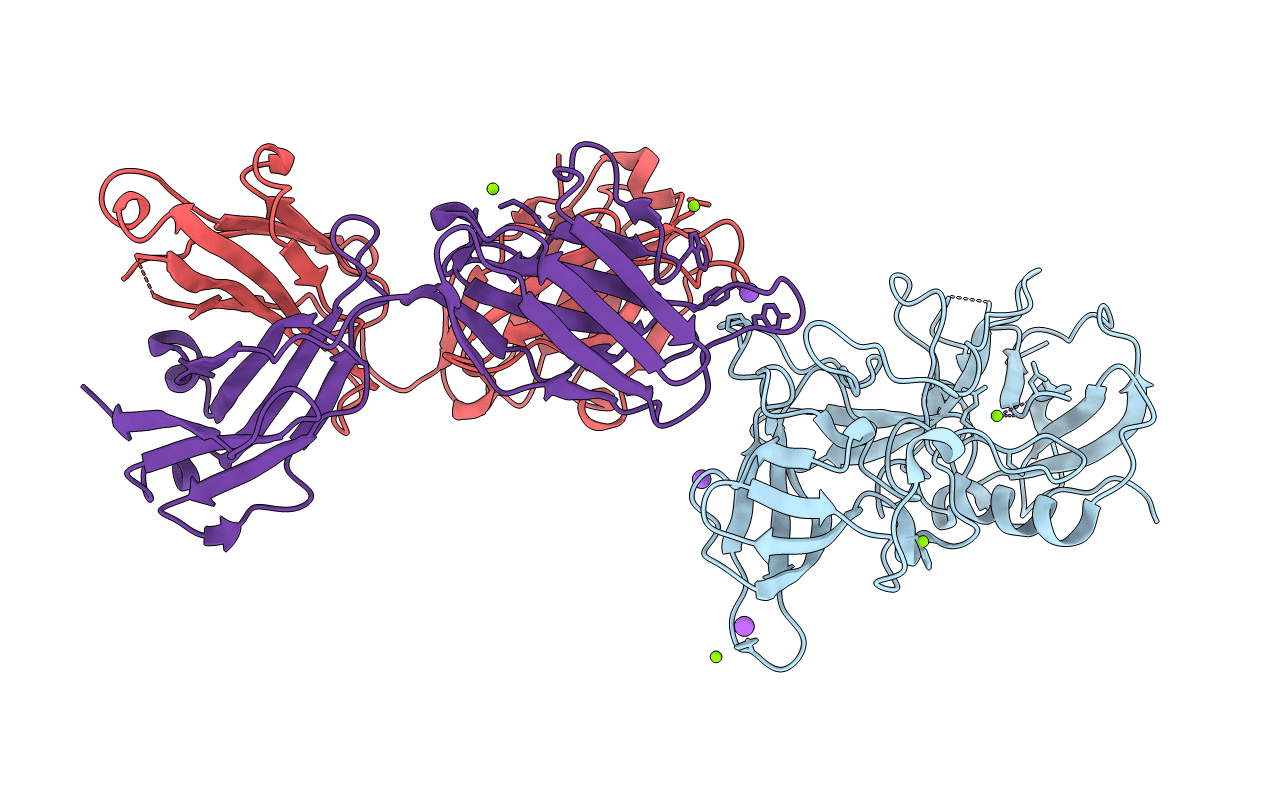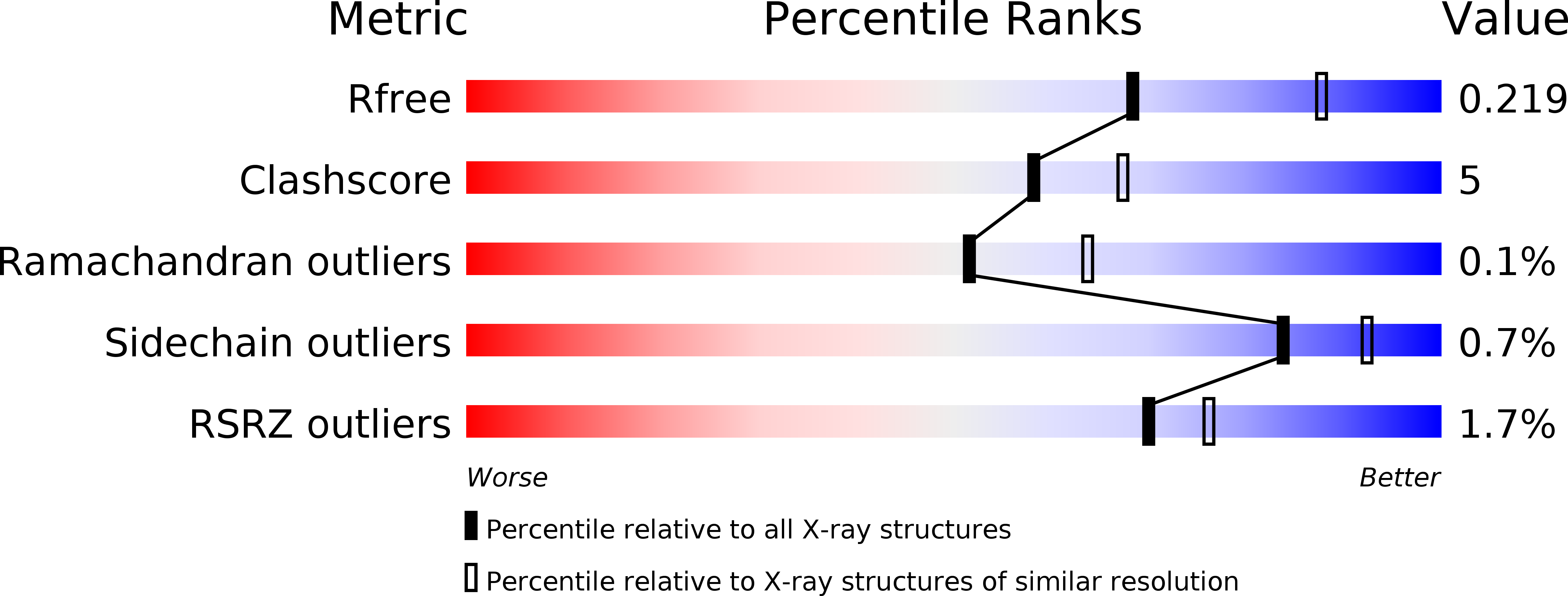
Deposition Date
2016-07-15
Release Date
2016-10-05
Last Version Date
2024-11-13
Entry Detail
PDB ID:
5KW9
Keywords:
Title:
Structural Basis for Norovirus Neutralization by a HBGA Blocking Human IgA Antibody
Biological Source:
Source Organism:
Norwalk virus (Taxon ID: 11983)
Homo sapiens (Taxon ID: 9606)
Homo sapiens (Taxon ID: 9606)
Host Organism:
Method Details:
Experimental Method:
Resolution:
2.30 Å
R-Value Free:
0.21
R-Value Work:
0.18
R-Value Observed:
0.18
Space Group:
P 65 2 2


